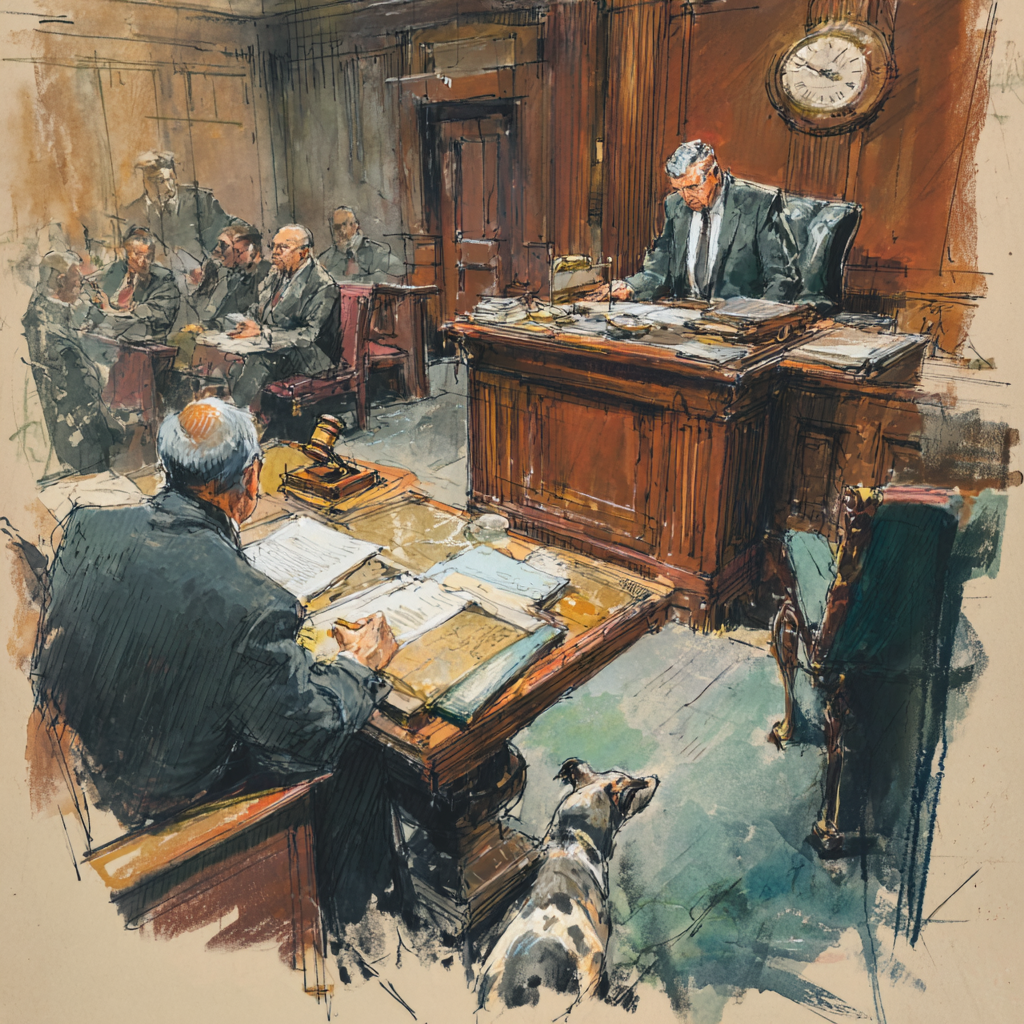
The Basics of No-Fault Insurance Under New York’s no-fault insurance system, every registered vehicle owner must carry a minimum of $50,000 in personal injury protection (PIP) coverage. This coverage is designed to pay for the policyholder’s medical expenses, lost wages, and other
reasonable and necessary expenses related to the accident, regardless of who was at fault. The primary goal of the no-fault system is to reduce the number of lawsuits arising from motor vehicle accidents and to ensure that injured parties receive prompt compensation for their losses.
By eliminating the need to determine fault in most cases, the system allows for a more efficient
claims process and reduces the burden on the court system.
Filing a No-Fault Claim in New York State, the injured party must follow several key steps:
- Notify the insurance company: The policyholder must notify their insurance company of
the accident as soon as possible, typically within 30 days of the incident. - Complete the application for benefits: The injured party must fill out an Application for
Motor Vehicle No-Fault Benefits (Form NF-2) and submit it to the insurance company
within 30 days of the accident. - Provide supporting documentation: Along with the application, the claimant must submit
any relevant medical bills, proof of lost wages, and other documentation supporting their
claim. - Attend medical examinations: The insurance company may require the claimant to
undergo an Independent Medical Examination (IME) to assess the extent of their injuries
and the necessity of the treatment they are receiving. - Submit ongoing documentation: As treatment continues, the claimant must submit
additional medical bills and proof of lost wages to the insurance company for
reimbursement.
No-Fault Claims Insurance companies have the right to Verification

Verification can be done to ensure a claims accuracy and prevent fraudulent claims. This
verification process may involve:
- Medical records review: The insurance company may request and review the claimant’s
medical records to confirm the extent of their injuries and the necessity of the treatment
they are receiving. - Independent Medical Examinations (IMEs): As mentioned earlier, the insurance company
may require the claimant to attend an IME with a healthcare provider of their choice to
assess the extent of the injuries and the appropriateness of the treatment. - Wage verification: If the claimant is seeking reimbursement for lost wages, the insurance
company may request documentation from their employer to verify their income and the
time missed from work due to the accident. - Examinations Under Oath (EUOs): In some cases, the insurance company may require
the claimant to submit to an EUO, during which they will be asked questions about the
accident and their injuries under oath.
Recent Case Law exemplifying the Potential Pitfalls Attorney’s and Consumers need to navigate
An insurance carrier has the right to bootstrap verification or to seek additional verification after receiving other verification. In a parallel universe, this would be a supplemental discovery and inspection following a deposition, medical examination or some other information. The regulations are being construed asymmetrically in different courts. The consumer and practitioner needs to tread carefully when verifying a claim.
In a recent case, the Appellate Term of the Supreme Court of the State of New York, Second
Department was clear that an insurance carrier did not have the right to engage in supplemental
verification following the conducting of the EUO (Examination under Oath). “We agree that defendant’s time to pay or deny the claims was tolled by the EUO scheduling letter, which letter was “timely” issued
pursuant to 11 NYCRR 65-3.5 (b) and 65-3.8 (l), but, contrary to defendant’s apparent position,
that toll expired on September 14, 2018 when the EUO was conducted and proof of claim
became complete.” Burke Physical Therapy, P.C. v State Farm Mut. Auto. Ins. Co., 2024 NY
Slip Op 24111 (App. Term 2d Dept. 2024)
Other cases have rejected this absolutist result. See e.g. Keith v Liberty Mut. Fire Ins. Co., 118
AD2d 151, 154 (2d Dept 1986)(allowing a subsequent verification request following the receipt
of information); Quality Psychological Servs., P.C. v Utica Mut. Ins. Co., 2013 NY Slip Op
50148(U)(App Term 1st Dept. 2013) (finding demand for provider EUO untimely because it was
not demanded within 15 business days of the Assignor EUO).
It seems that the Appellate Term over the last five (5) years has returned to its post 2000 roots of
reading the regulations narrowly and eschewing delay. See Quality Health Supply Corp. v
Nationwide Ins., 69 Misc 3d 133(A)(App Term 2d Dept. 2020) (holding that EUO demands that
are not strictly scheduled in accordance with the regulations are invalid), rev’d by Quality Health
Supply Corp. v Nationwide Ins., 216 AD3d 1013, 1014 (2d Dept. 2023) (holding that follow-up
demands for EUOs can spring from mutually re-scheduled EUOs); Alleviation Med. Servs., P.C.
v Allstate Ins. Co., 55 Misc 3d 44 (App Term 2d Dept. 2017), affd 191 AD3d 934 (2d Dept.
2021) (holding that the priority of payment regulation must be strictly construed to exercise
policy exhaustion defense); Neptune Med. Care, P.C. v Ameriprise Auto & Home Ins., 2015 NY
Slip Op 51220(U), *1 (App Term, 2d Dept. 2015) (limiting the scheduling of EUOs to 30-days
from the receipt of the bill)
In Conclusion it is imperative the Attorney understands the shifting landscape of Verification in various Courts and Jurisdictions. Failure to do so can result in failure to collect the highest verdict possible on an injury or loss. It also could open the practitioner to potential Malpractice. For more information contact the Law Office of Jason Tenenbaum, P.C. today, we can help maximize the return on your Bodily Injury, Employment, or Wage and Hour Case.









